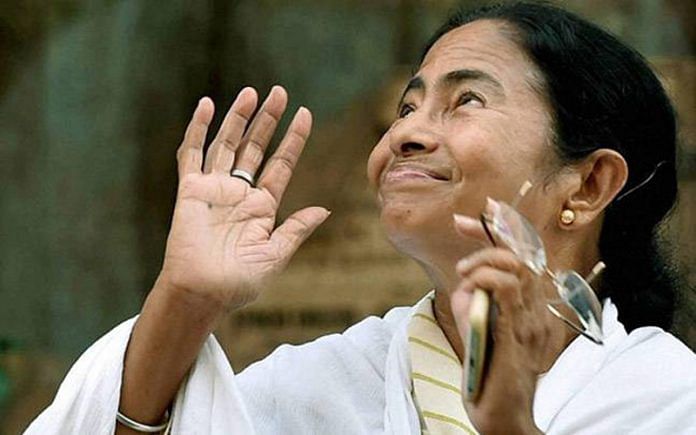The 2008 polls were a precursor to the Left’s loss of power. The state has followed a similar voting pattern since, where a strong showing at the local level is repeated at the bigger polls.
New Delhi: While the Karnataka elections are still dominating the political discourse, another important election is underway in West Bengal. Although local body elections are generally non-glamorous events, of late, the panchayat polls in Bengal have been a barometer to the attitude of the electorate, and have been a vital pointer to which way voters will sway in the succeeding elections.
One just needs to look at the iconic 2008 panchayat polls in West Bengal, which first indicated the fall of the Left regime that had held power in the state for almost three decades. The Left’s vote share had plunged to 52 per cent from the earlier highs of close to 90 per cent in the polls. This defeat was followed by the Trinamool Congress (TMC), headed by Mamata Banerjee, winning 19 out of 42 seats in the Lok Sabha elections of 2009 (the most by a party), before dismantling the Left in the Assembly elections of 2011.
In the 2013 panchayat elections, the TMC won 64.36 per cent seats at the zilla parishad level, 57.42 per cent seats at the Panchayat Samiti level and 51.58 per cent seats at the Gram Panchayat level. The party then went on to win 34 of the 42 seats in the 2014 Lok Sabha elections, before securing a landslide win in the 2016 Assembly elections, where it garnered 211 of the 294 seats.
If recent history is anything to go by, the ongoing panchayat polls could be a pointer to how the BJP will fare in the state. Ever since the 2016 Assembly polls, where the BJP won three seats, the party has been trying to strengthen its hold in West Bengal by attempting to woo the Hindu majority vote bank.
If the BJP is to achieve its target of 22 Lok Sabha seats in the state in 2019, set by party president Amit Shah, it will have to perform well in these polls as 40 of the 42 Lok Sabha seats in the state are located in rural and semi-urban areas, where the panchayat elections are bitterly contested.
The party appears to have acknowledged this reality: In the local body elections Monday being held on 38,529 of the total 58,692 seats, the BJP is aggressively contesting in 28,162 seats, the highest after the Trinamool Congress.
So far, the elections have been marred by widespread violence which has left at least six people dead and 43 injured. As a result of these clashes between TMC and opposition parties, the Centre has asked the state government to file a report.
– With PTI inputs



